I am not a superstitious or religious man. I believe part of what happens to us is a result of our choices. I also believe in being at the right place at the right time.
On a recent trip to “Los Tuxlas,” in what was once the cradle of the Olmec civilization, the oldest in Mesoamerica, I traveled by motorboat to the Nanciyaga ecological reserve famous for its Shamans. We passed the eponymously named Crocodile Island and an island full of a screeching monkey population that had initially been imported from Asia in the 1970s (it was a more straightforward, sillier time).
The boat ride from Catemaco in Veracruz, Mexico, took me past exotic local flora and fauna to a quiet spot in the jungle, which was scenic enough to have been where Sean Connery filmed Medicine Man and Mel Gibson filmed Apocalypto.
Their photos are still hanging on the walls of the Nanciyaga bar.
I have seen Shamans before in places like the Cordillera Apolobamba mountain range of Bolivia and Mexico, and I’ve had to sit through lectures on the benefits of alternative medicine from a hippy Anthropology professor back at the increasingly exotic University of Pittsburgh. So I went to see the Shamans and their presentation with what I thought was a basic understanding of how things were going to go. I appreciated that Shamans and native religious people could deliver exciting and vital experiences while maybe not supplying any greater insight. After all, many ancient religious ceremonies involved alcohol, smoking, and dancing, so what people do when they get together to have a good time hasn’t changed all that much. So I was ready to give it a shot.
Not a man to wake up early, our itinerary called for cruising down the river at an hour so early that the only real benefit was to see this sunrise.
After getting off the boat, I found the kind of entrance that screamed, “Jason, you are really about to go into the jungle.”
It is the kind of comfortable entrance as the staff serves fruit and baked goods.
I was led through nicely constructed walkways past pre-Columbian clay and stone Olmec sculptures replicas.
I wouldn’t say I like writing with cliche adjectives like serene, beautiful, and peaceful, but I have no choice here.
Judge these photos for yourself, or at least see that I got to hang out in a hammock and feel a sudden onset of jealousy.
At the Nanciyaga reserve, I experienced the Olmec culture (or at least what the staff told me was the Olmec culture).
I drank natural spring water from cups made of apicci tree leaves and urinated the water out into toilets, then turned my piss into flora-feeding compost.
I enjoyed having my face covered in healing mud in a mineral mud bath in a Cemelli as a Mexican woman applied it over my face.
Around an hour after it dried, I removed it with water and patchouli leaves. So yes, apparently, the Olmecs had spas.
The ancient Temezcal ritual bath is also a part of the Nanciyaga program. It pays homage to Pachamama’s (mother earth’s) womb. This entails entering a steam room accompanied by a Shaman. There was lots of shouting and rolling around in the sand, some of which was exacerbated by snuck-in hits of peyote and cannabis (not really).
This leads to the Shamanic spiritual cleansing, which aims to purify the spirit and chase away negative energy by reestablishing a connection with nature. I entered a theater surrounded by basalt monoliths and filled with sculptures of chaneques, or jungle spirits. Twelve teenagers formed an archway with sticks as they quietly chanted words in Spanish. I believe I heard words like “spirits” and “danger.”
The Shaman placed his staff into my left hand and instructed me to put my other hand to my side.
I could not see anything as I became enveloped in herbal smoke.
I focused on the touch of the Shaman’s hands as she rubbed leaves over my body with the gentle yet firm touch of a masseuse.
The next day, I had a similar encounter at the ATMEX inaugural reception with a famous Shaman, Luis Tomas Marthen Torres.
Torres, also known as “the Guicho” performed a quick traditional cleansing. He differed slightly as he doused me with rubbing alcohol, and his assistant performed some chiropractic adjustments to my neck.
But the work was top-notch, and in less than two minutes, I left wondering what had just happened. My body was also slightly burning from the trail of rubbing alcohol left behind.
These experiences made me realize how little people change across cultures and time. These experiences were beautiful, relaxing, and refreshing. But they were not that substantially different from Spa treatments (and admittedly, maybe that’s the point, as a way to attract tourists and travelers). These experiences differ primarily in the way people interpret them, not in the actual execution. I took the meanings behind these ceremonies with a grain of salt in contrast to a few other travelers who I could see bawling in tears after their turn with the Shaman. These were presented in the context of a spiritual journey, and I, having a secular cultural background, did not feel any energy transfers or spiritual awakenings. I guess that’s what the peyote is for.
Are you not done reading about weird stuff in Mexico?
Try Shamans, Spas, and Mel Gibson: Spiritual Tourism in Mexico, Mexico, Beyond the Border and the Hype: Adventure Travel in Veracruz, Cenotes – Underground Sinkhole Exploration for Dummies, or Pre-Urban Exploration Mexico: Hilton Puerto Vallarta Resort
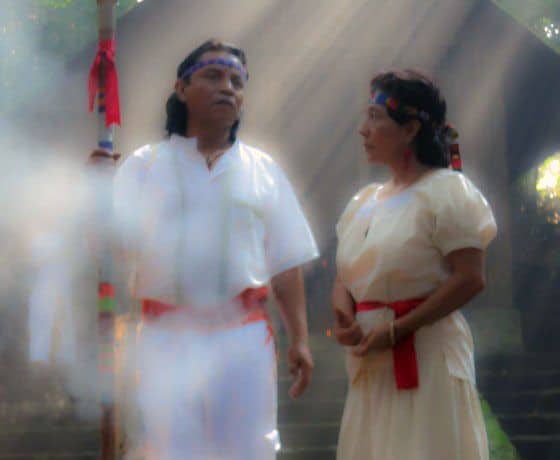
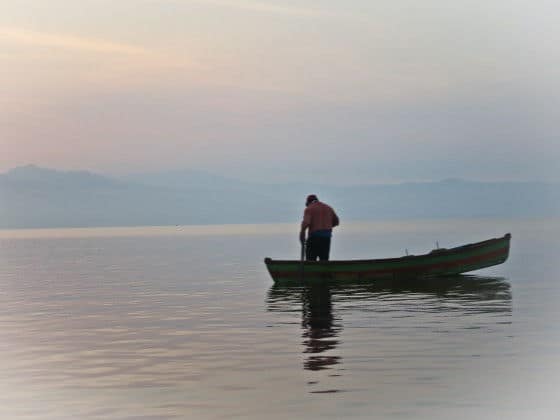
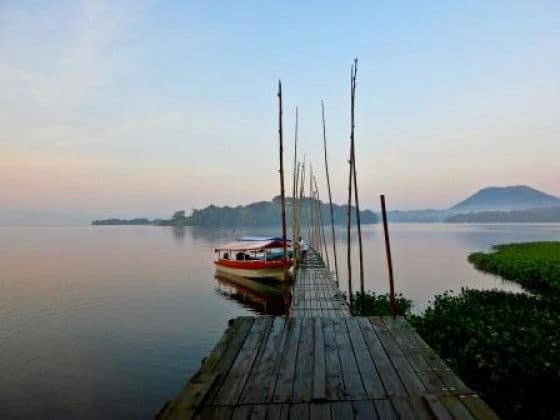
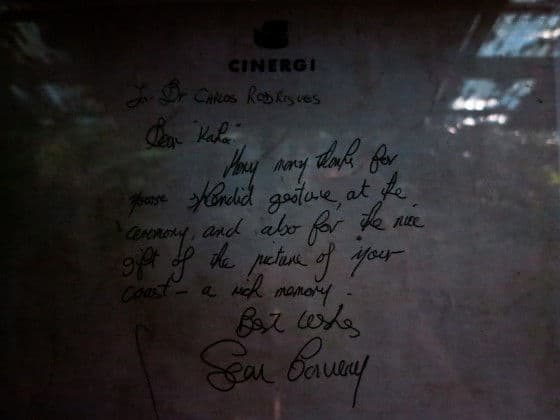
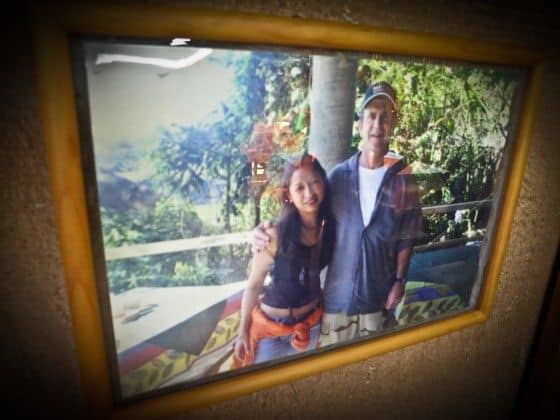
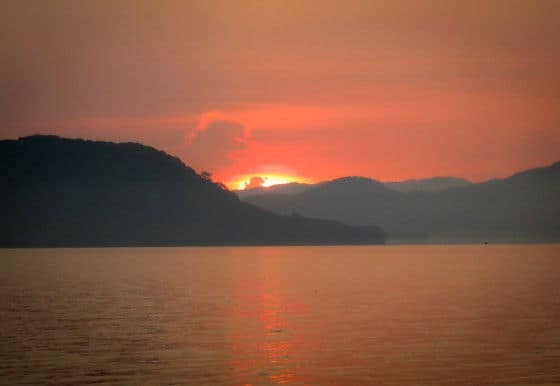
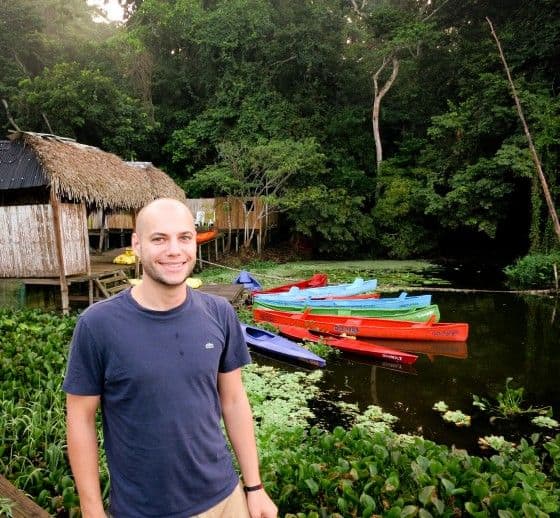
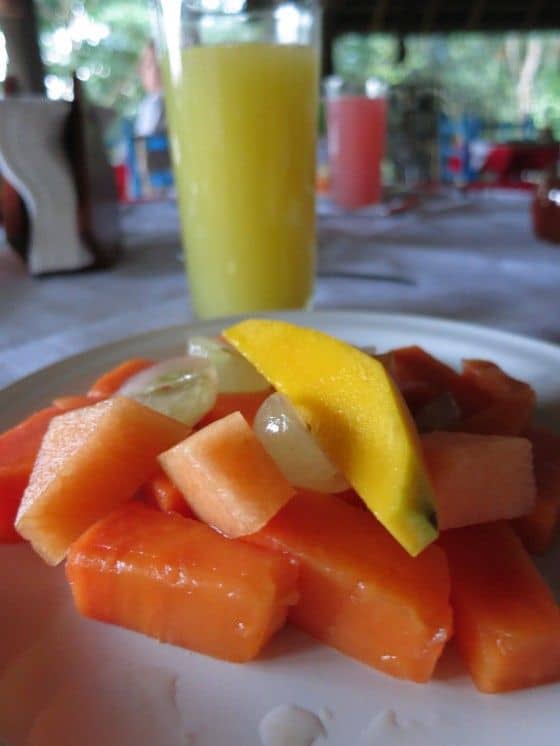
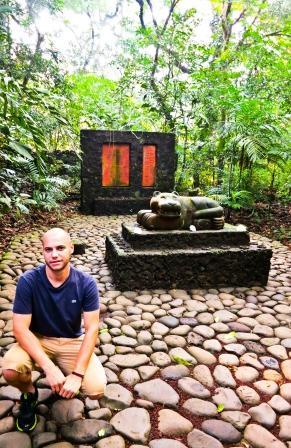
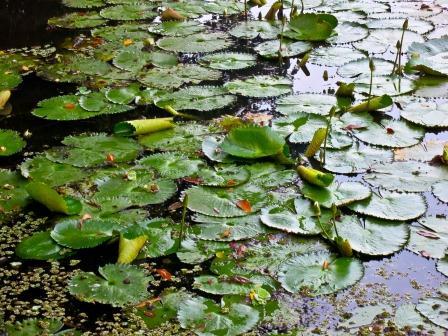
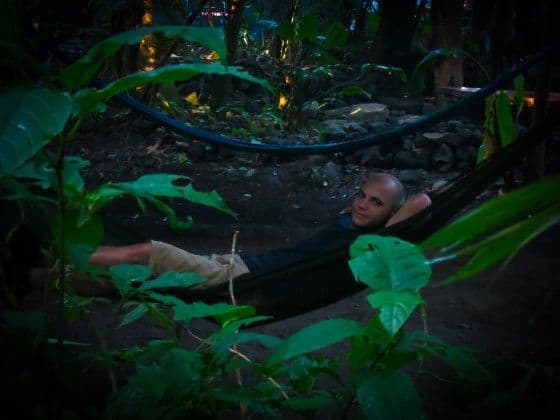
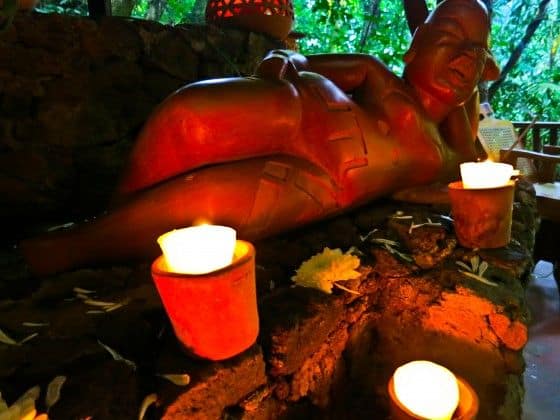
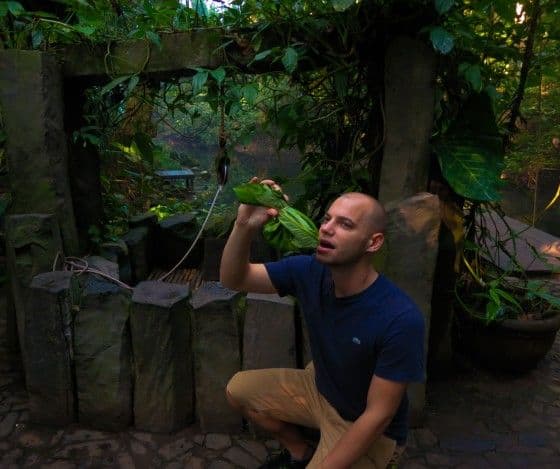
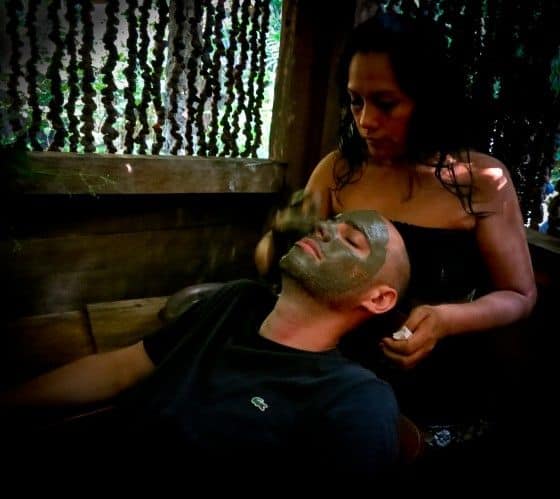
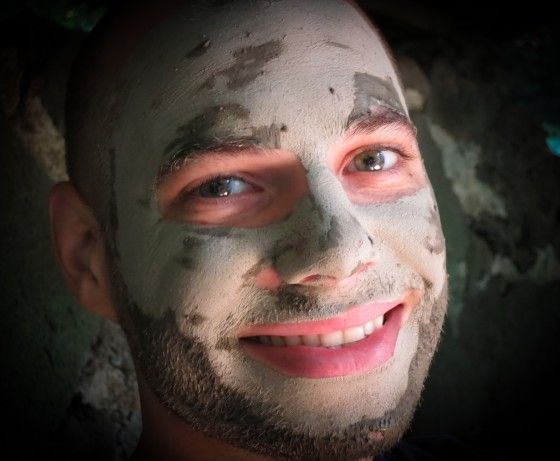
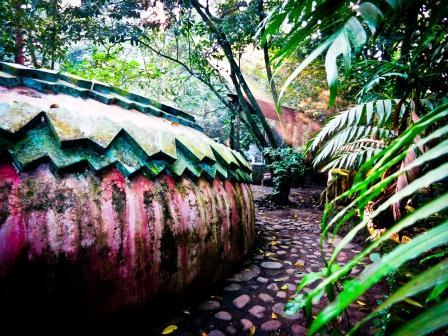
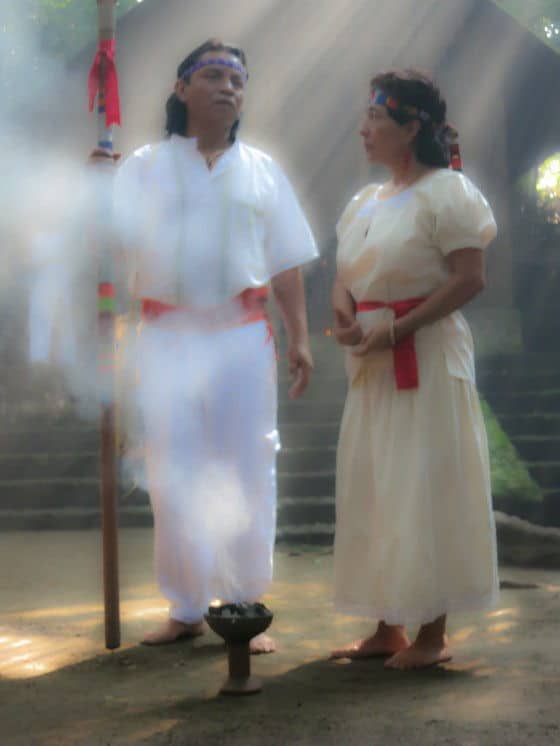
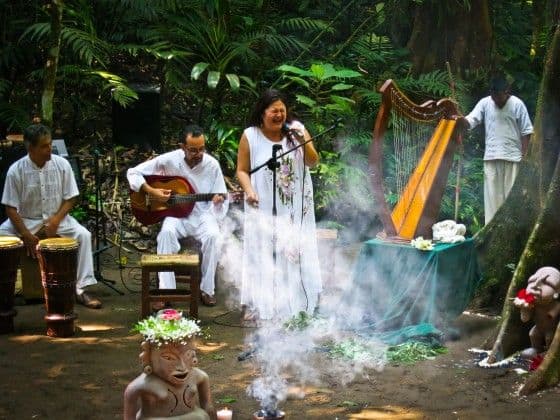
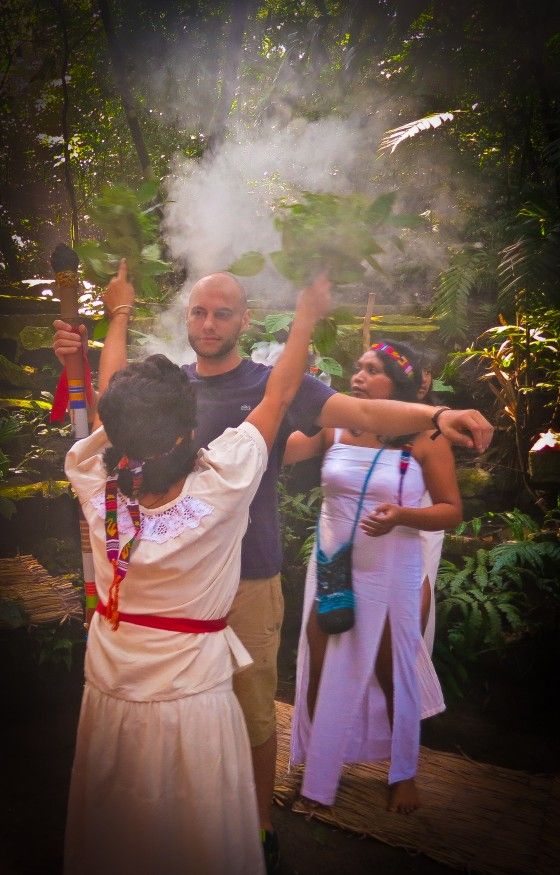
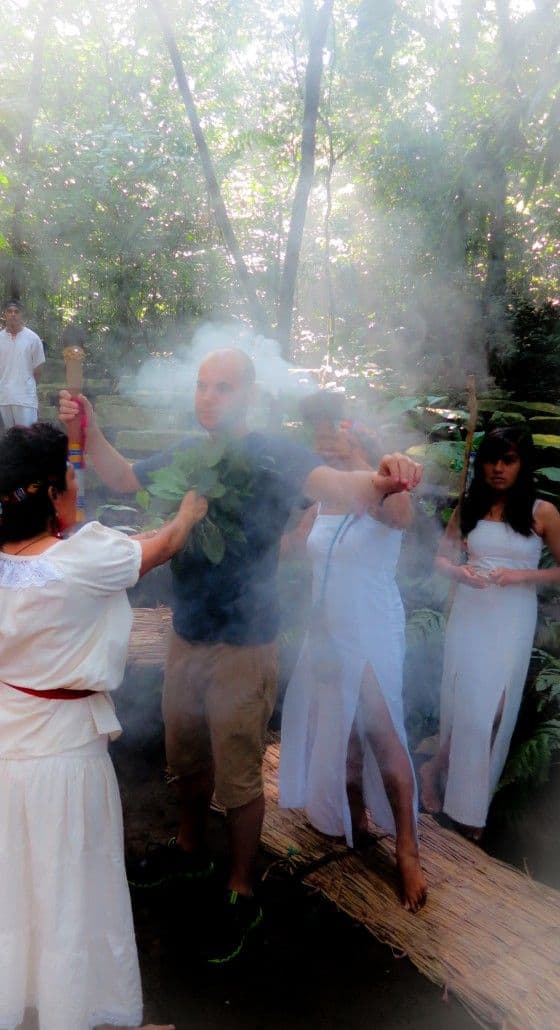
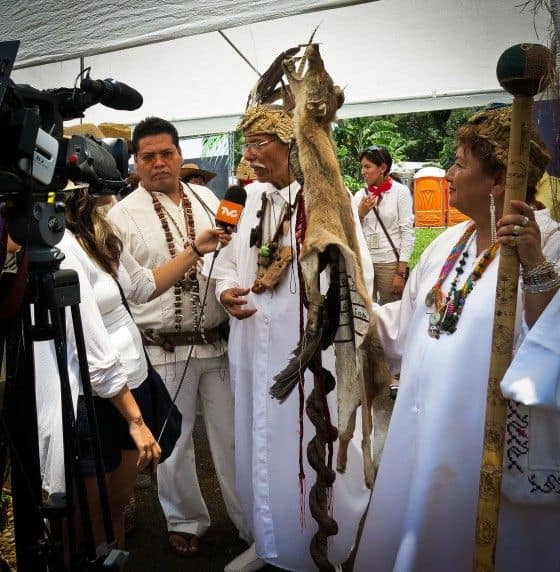
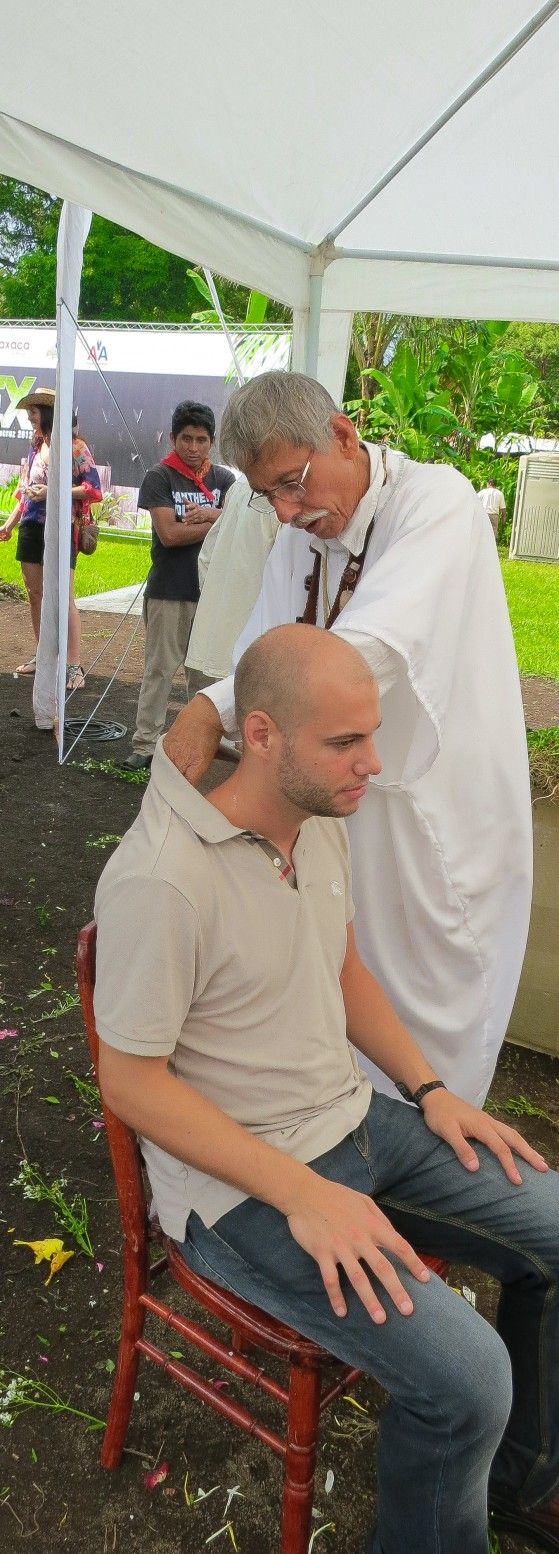
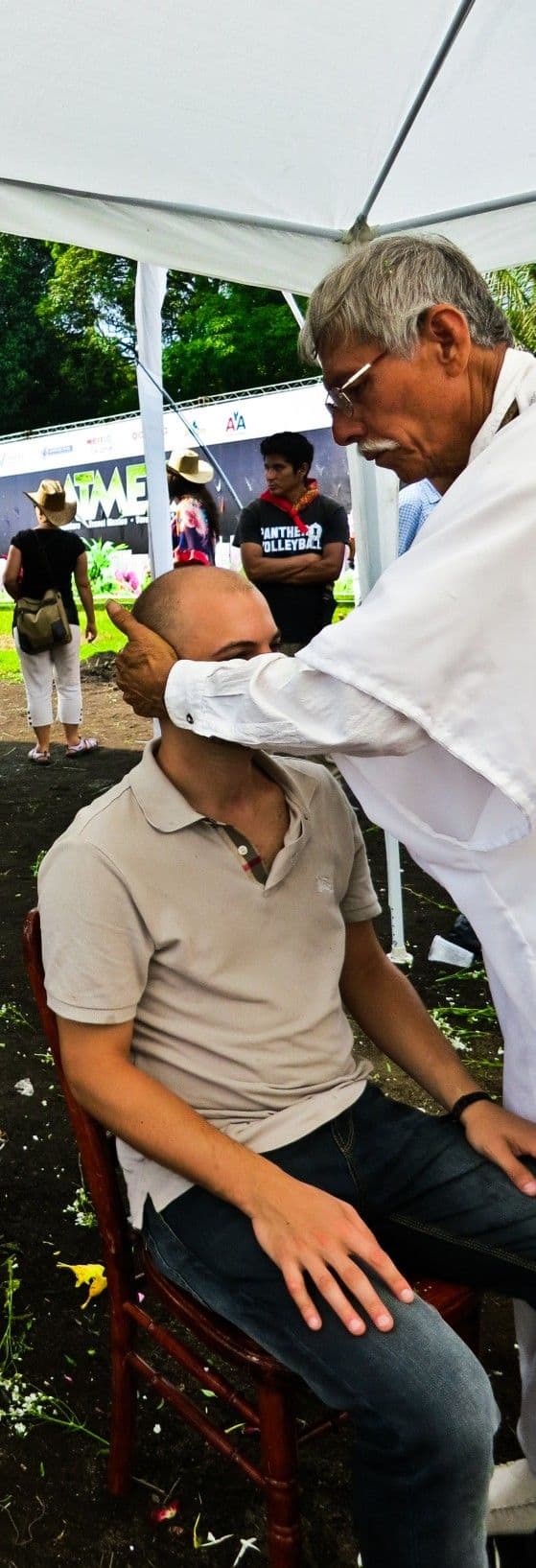

A fascinating look at a relatively unknown side of Mexican culture. Now, I’m REALLY sorry I missed ATMEX!
There is always next year Michele.
After seeing the giant Olmec head at the Metropolitan Museum of Art in New York, I’ve been wanting to get to that part of Mexico. I rarely set out on purpose on ‘spiritual tours’ but sometimes destinations surprise. Loved your photos!
Thanks Lesley!
Great article Jason, I couldn’t have said it better myself. And great meeting you in Mexico.
Much appreciated Paul. Hope to see you again back in Mexico.
Great post and pictures! Even though I don’t consider myself religious either, I felt much calmer and like something was different after the shaman at La Finca (not the same one you had). I wasn’t bawling though! It could also have been something extra in all that smoke I inhaled between the temezcal and Nanciyaga.
Hola, Jason Batansky, me es grato saber que aprecias nuestra cultura con los shamanes y en especial de Catemaco. la medicina tradicional olmeca de los Tuxtlas, es conocida en todo el mundo, por que aun perdura su estructura en el conocimiento, esta es basada en tres aspectos, la magia, la ciencia y la religi